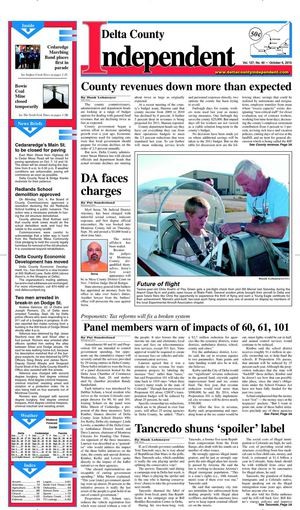Any Latest Greatest about Delta Page 4421 Airline Pilot Central Forums
Post on: 22 Июнь, 2015 No Comment

Welcome to Airline Pilot Forums
As a DN guy I am still not up to speed on the Duty Day. I know that we can be scheduled a max of 13.
Denny said something about GSWC. I assume that means Green Slip With Conflict. What advantage does that give you??
Rebounding Airline Industry?
The airline industry is often viewed as being more risky than other types of companies in the service sector. The cyclical nature and high operating costs of the industry, in addition to the dependence on a strong economy, has caused the industry to be one of turbulence and volatility. Furthermore, following an economic downturn, typically there is a six-month lag before the airlines begin to recover.
Get Free Stock Analysis By Email
IN PICTURES: 8 Financial Tips For Young Adults
Demand Elasticity
The demand for airline travel is significantly more elastic than the corresponding figures for other services. According to a study performed by Houthakker and Taylor, a 1%drop in income results in a 5.82% decline in airline travel spending, the highest on the list. The respective declines for movies and restaurant meal spending associated with a 1% income reduction are 3.41% and 1.61%, respectively.
If Unemployment Decreases
Although unemployment remains at a shocking 9.6%, average income and expenditures have slowly been increasing in recent months. A reversal of employment figures to pre-recession levels of approximately 5% would benefit the airline industry to a greater extent than other sectors. Due to the high demand elasticity of airline travel, a 1% rise in income would increase demand by 5.82%, while food and clothing purchases would increase by 0.14% and 0.51%, respectively.
Strong Performance
Strong earnings reports within the industry have shed some light on the airlines, which undoubtedly struggled during the recession. Southwest Airlines (NYSE: LUV) recently reported a $112 million profit, an increase from $91 million in the year-earlier period, as passenger revenue outpaced unit costs. Delta (NYSE: DAL), UAL Corp. (Nasdaq: UAUA), Continental Airlines (NYSE: CAL) and US Airways (NYSE: LCC) also showed fairly strong performances last quarter.

As a potential indicator of future performance, Boeing (NYSE: BA), which delivered 114 planes in the preceding quarter, is expecting to increase its 737 production rate to 35 units per month in 2012.
Southwest Airlines is valued highly, trading at 44 times earnings. The high valuation is due to the higher-than-industry-average company growth rate and solid liquidity ratios. Other regional airlines, such as JetBlue Airways (Nasdaq: JBLU), trade at lower P/E ratios but have higher leverage ratios. Southwest also operates with a higher efficiency level as its return on assets, investment and equity are higher than those of its competitors.
More Risks
Delta remains the largest major airline until the merger between UAL and Continental Airlines is complete. The major airlines operate at fairly slim margins, which has been much of the cause of industry criticism. Delta and US Airways, for example, have an operating margin of 3.38% and 3.42% respectively, while firms in other industries such as McDonald’s (NYSE: MCD) operate with a corresponding metric of 30.87%. Obviously these are entirely different industries, but the gap in margins reflects the high risk of investing in the airlines. (Break through the clouds to see if these stocks will rocket higher or crash and burn. To learn more about the airline industry, see Is That Airline Ready For Lift-Off?)
Bottom Line
Risk-averse investors who don’t mind portfolio volatility and expect the airline industry to prosper in upcoming years could find the industry attractive as traveling passengers resume their habits. According to IATA, passenger demand is currently up 11.9% on a year-over-year basis.














